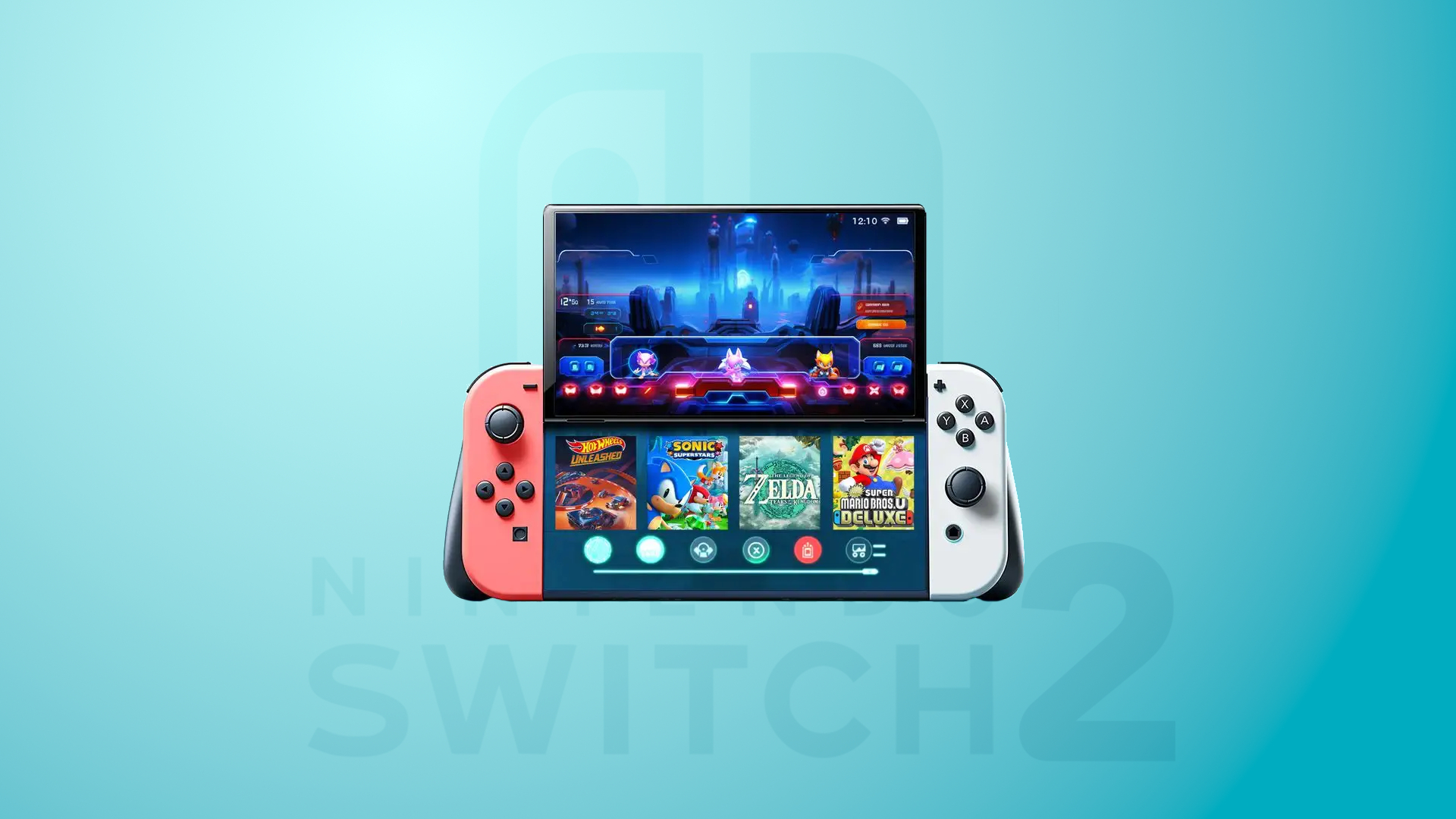Nintendo Switch 2 may break this annoying console launch problem — but there's a catch
There might actually be enough consoles at launch for once

Nintendo has revealed the Switch 2: On Wednesday, April 2, 2025, company officials announced Nintendo would release the Switch 2 on June 5, 2025 at a cost of $449. Read the minute-by-minute live blog for the Nintendo Switch 2 announcement presentation.
Historically, there never seem to be quite enough game consoles to go around at launch. With the launch of Sony's PS5 and Microsoft's Xbox Series X/S consoles in 2020, this console shortage problem was the worst its ever been, with people still struggling to find consoles two years post-launch. Luckily, anyone wanting to get their hands on a Switch 2 console (potentially later this year) might not have trouble finding one.
According to a recent Bloomberg report by Takashi Mochizuki, Nintendo plans to make over 10 million units of its next-gen console in its first fiscal year. Considering the "seven-year-old Switch console has sold over 132 million units," 10 million initial units might not seem like that large of a number, but it's a lot for first-year production goals.
10 million Switch 2 units... by when?
With 10 million "Switch 2" consoles, or whatever the next-gen console ends up being named, releasing in its first fiscal year, there's probably no need to hit up multiple stores, get on a waiting list, or even camp out to be the first in line—at least, not unless you want to ensure you get a console on the first day.
There won't be 10 million units at launch, but Nintendo is striving to produce and release 10 million units within the Switch 2's first fiscal year. This means consoles will regularly be rotating into stores within the first fiscal year, almost guaranteeing you'll be able to get your hands on a console without needing to try very hard.
This 10-million-unit goal isn't by 12 months after the Switch 2 launches, but instead by the end of the console's first fiscal year. Nintendo's fiscal year ends in March 2025, and depending on when the console launches, this could be a six- or nine-month span.

The best estimate we have right now for a Switch 2 release date is late September 2024, which would give Nintendo roughly six months to release all those consoles. The original Switch console launched in March of 2017, and within roughly 10 months, the company sold 15 million units, according to a USA Today report.
With how popular the original Switch and OLED Switch were (and are), the Switch 2 should, in theory, sell just as well. A 10-million unit goal within the first six months post-launch seems on par with the original Switch's sales numbers, especially considering many Switch users may opt to not upgrade their consoles immediately.
Sign up to receive The Snapshot, a free special dispatch from Laptop Mag, in your inbox.
Unfortunately, there's a small catch. The rumored Switch Pro 2, which has significantly better specs, might not be releasing in 2024. In Takashi Mochizuki's tweet, he writes, "And about OLED version, Omdia says not 'for this year.'"
The base Switch 2 model is expected to have an LCD display, while the Switch 2 Pro reportedly has an OLED display. So while Nintendo has lofty plans to release 10 million units of its base Switch 2 console, these numbers might only be achievable because the Switch 2 Pro isn't launching until 2025.
With the Switch 2 Pro being the better option spec-wise, it makes sense that Nintendo would want to launch the base model first, making it the only purchasable upgrade. Then, after capitalizing on those initial upgrade sales, the Switch 2 Pro is relased, with some fans buying both versions of the console as soon as they're available.
As with all next-gen Nintendo console rumors, it's worth noting that nothing official has been announced by Nintendo just yet. Until an official announcement, be sure to check out all the recent Nintendo Switch 2 rumors and keep an eye out for a possible Nintendo Direct in February.
More from Laptop Mag
- Xbox Series X 2024 "Brooklin" rumors: Price, design, specs, and more
- How to get Paramount Plus free for 30 days to watch the Super Bowl
- Xbox Series S 2024 "Ellewood" rumors: Price, design, specs, and more

Sarah Chaney is a freelance tech writer with five years of experience across multiple outlets, including Mashable, How-To Geek, MakeUseOf, Tom’s Guide, and of course, Laptop Mag. She loves reviewing the latest gadgets, from inventive robot vacuums to new laptops, wearables, and anything PC-related. When she's not writing, she's probably playing a video game, exploring the outdoors, or listening to her current favorite song or album on repeat.
